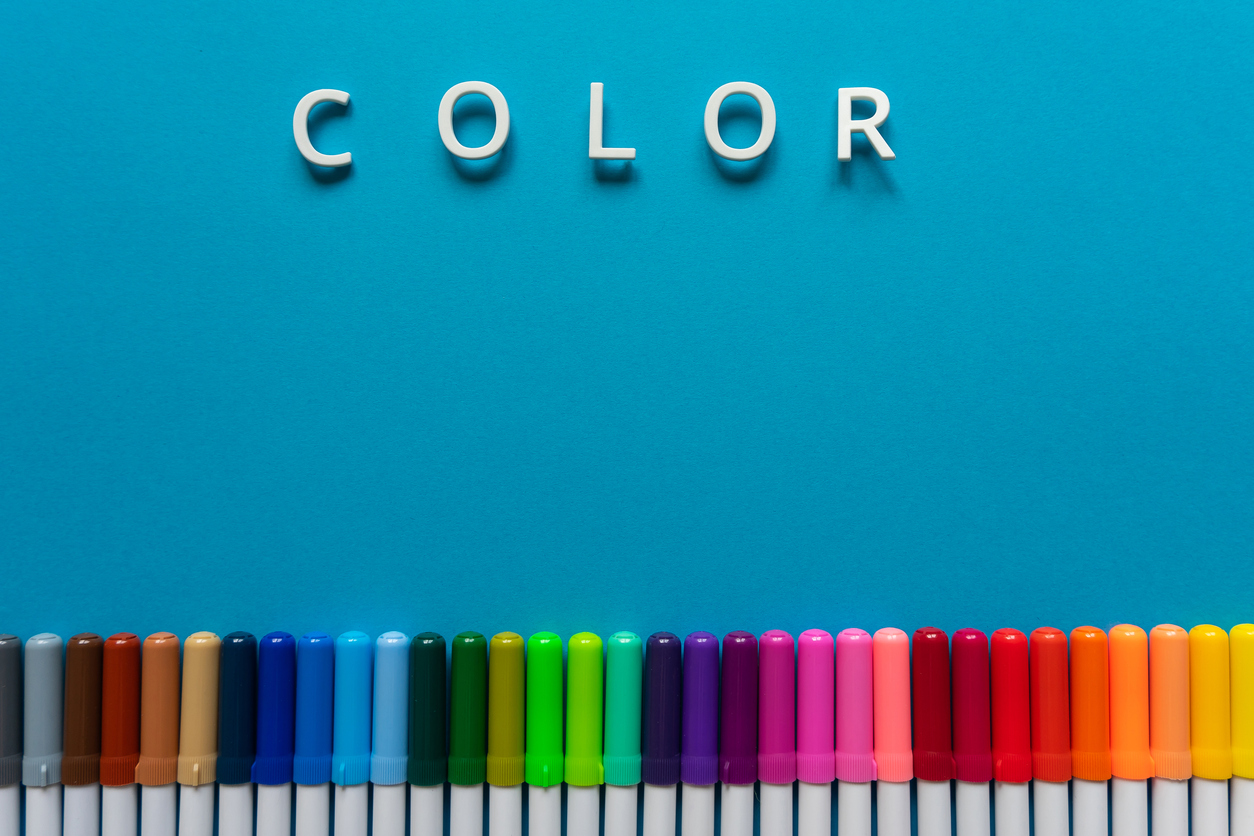How you can use color theory to create better workplaces
Nobody wants to work in a small, red office. Color and design can play a crucial role in organizations’ efforts to entice their workers to return to in-person work.

Think about your favorite shirt to wear to the office (or on your daily Zoom calls). What color is it?
Does it make you feel powerful, confident? Perhaps you like this shirt because you feel it makes you appear approachable and friendly.
Interior designers use color in a similar way, to make spaces feel inviting, clean, exciting or calming. And color theory, defined as “the collection of rules and guidelines which designers use to communicate with users through appealing color schemes in visual interfaces,” is becoming increasingly important in designing offices and other workspaces.
Color theory at work
According to architecture and design firm Hammel, Green and Abrahamson’s (HGA) guide on using color theory in workplace design, being intentional about which colors you deploy in each space can encourage deeper social connections, improve learning and foster more collaboration.
Become a Ragan Insider member to read this article and all other archived content.
Sign up today
Already a member? Log in here.
Learn more about Ragan Insider.



